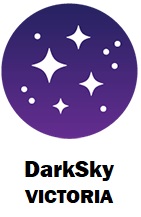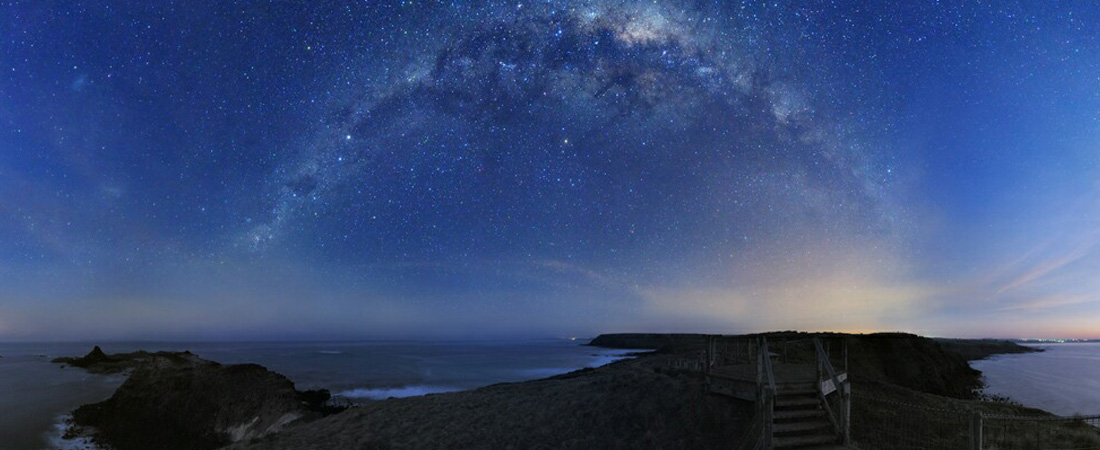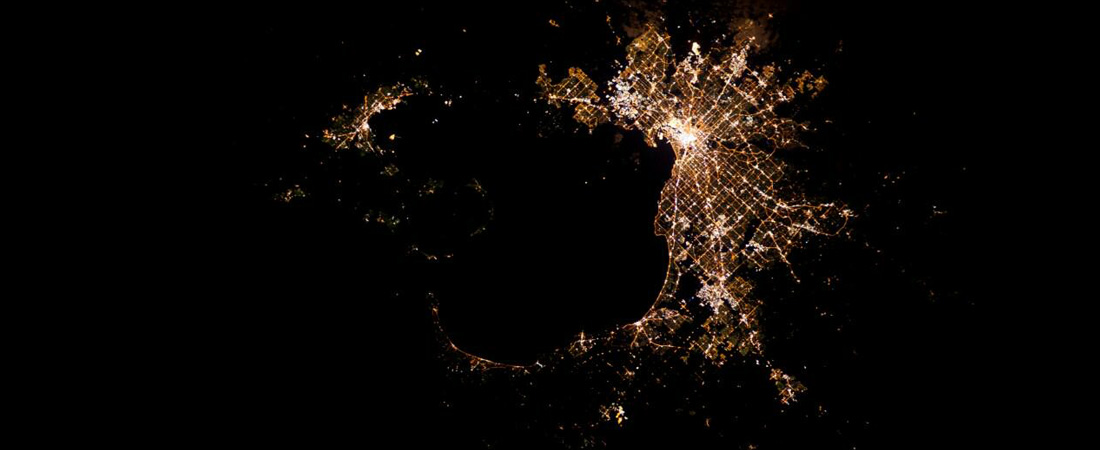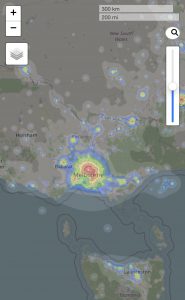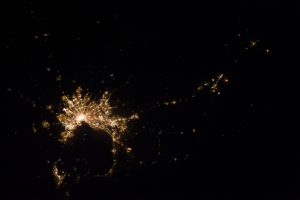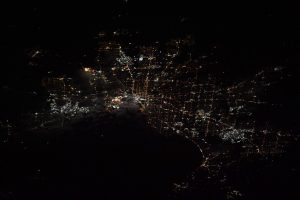Gallery Tower – Mantra Southbank – Board Room – Cnr. City Road and Fanning St.
Due to current Road Works in Fanning St., between Kavanagh St. and Fawkner
St., access is only from City Rd. and Fawkner St.
Arrangements will be made for car parking, so please let Coula,
Attendance by ZOOM link
SYMPOSIUM & ROUNDTABLE
19 – 21 March, 2025
Science, Industry, Business, Policy and People….
Reducing light pollution
***************************************************************************
UNDER ONE SKY
Contribute to the Data for the Quality of our Night Sky where ever you are.
___________________
___________________
Welcome to DarkSky Victoria a Chapter of DarkSky International
NEWS: CARRICKALINGA SA is now a DarkSky Community, congratulations to this community in protecting the night sky.
_______________________________________________
What can you do locally towards reducing light pollution?
Dr Russell Cockman, Past President IDA Vic, has provided an excellent presentation for anyone who would like to learn more about why we need to reduce light pollution.
Preserving the Night Presentation
________________________________________________________
Globe at Night – Each month near the New Moon you can be a citizen scientist and add to the global data base.
Help to Chart how Light pollution changes over the years, your input is vital to collect as many readings as possible over a large area.
Every February you can make a contribution to our local Data. (or at other times of the Year as listed)
Southern Constellations
https://www.globeatnight.org/
The main aim of IDAVic is to maintain the beauty of the night sky for generations to come and to support good lighting fixtures which are also environmentally friendly.
A current very important issue is that a number of Victorian Councils are upgrading to energy efficient lighting.
Melbourne ISS NASA 2013 8 15 This image was taken before 4000K LED lights were rolled out.
Melbourne at night taken by Jessica Meir ISS NASA 2020 2 7 shows 4000K LED installations in place. The above 2 images are on different scales.
IDA Vic support LED’s which are 3000K or less, preferably 2700K.
Latest News from IDAVic
Light Pollution Can Harm Wildlife
We are very pleased to announce a dedicated DarkSky Victoria Brochure for Australian Wildlife with thanks to our Team. The first print run of Light Pollution Can Harm Wildlife is now available, and... READ MORE
Day and night light exposure are associated with psychiatric disorders: an objective light study in >85,000 people
https://www.nature.com/articles/s44220-023-00135-8 READ MORE
Airey’s Inlet Dark Sky
AIDA’s Dark Sky Event Saturday September 16.Get your tickets to join in this celebration of our night sky and find out more about why we need to protect it from light pollution. Darksky... READ MORE
IAUS385 Symposium
IAU Symposium 385 will focus on Astronomy and Satellite Constellations: Pathways Forward. It will take place in La Palma, Canary Islands (Spain), on 2-6 October 2023. Registration for online attendance is open until... READ MORE
